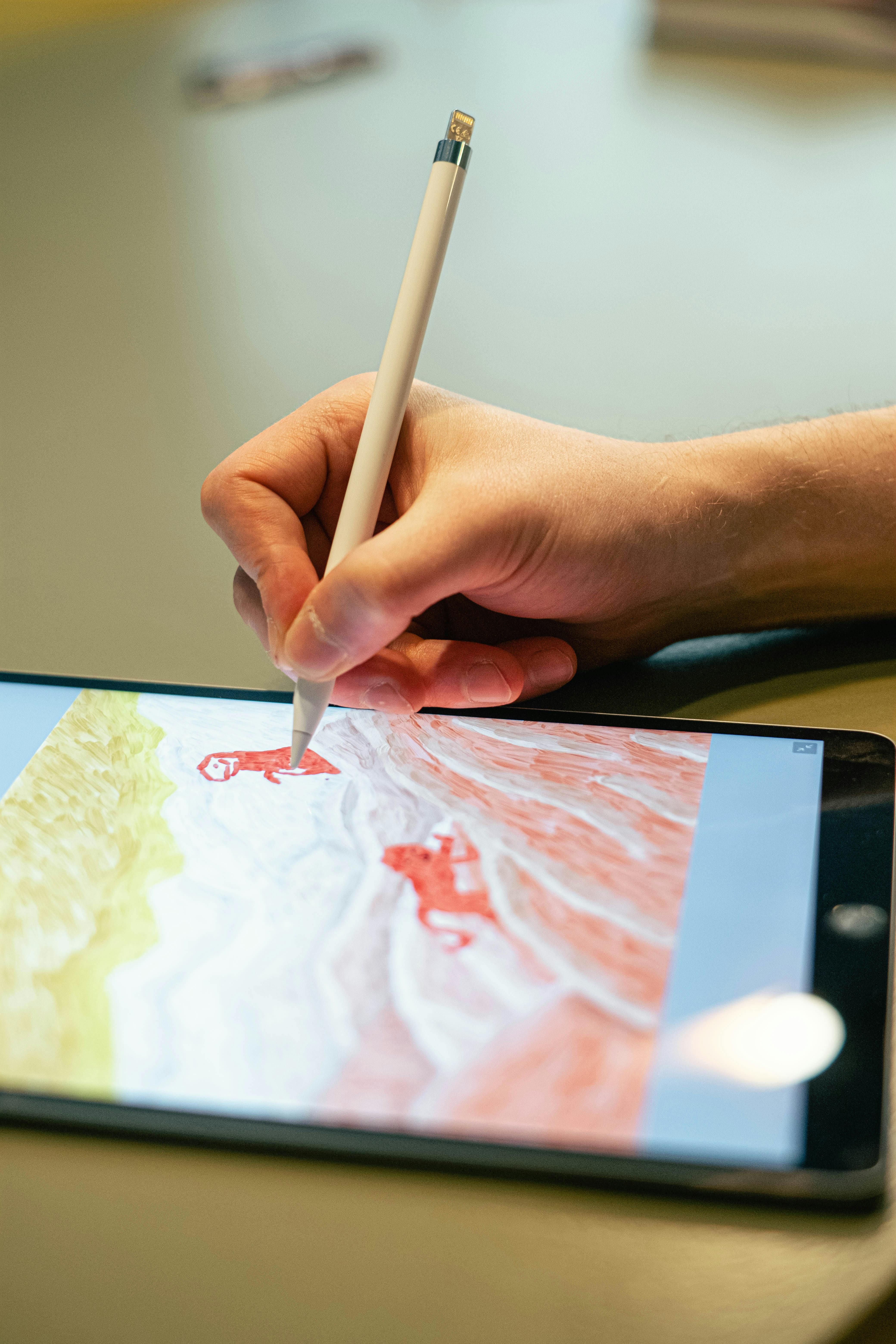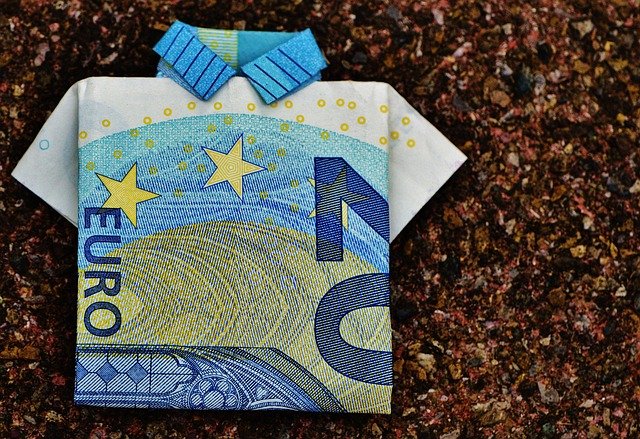Understanding the Healing Power of Art Therapy
Can creativity be tapped as a powerful tool for healing? The fascinating field of Art Therapy provides an affirmative answer. This therapeutic practice, rooted in the belief that self-expression can be a vehicle for mental and physical well-being, is gaining recognition for its unique capacity to promote holistic healing.

A Brief History of Art Therapy
The concept of using art as a healing tool dates back to the ancient civilizations of Egypt, Greece, and Rome, where art was used in religious and healing rituals. However, the formal practice of Art Therapy was established only in the mid-20th century, combining the fields of psychology and visual arts. The pioneers of Art Therapy believed that creating art could help individuals express emotions that were too difficult to articulate, thereby aiding in self-understanding and emotional healing.
Art Therapy in Modern Healthcare
In recent years, Art Therapy has been integrated into a variety of healthcare settings, including hospitals, mental health facilities, schools, and community centers. It has been found effective in managing conditions like depression, anxiety, PTSD, and chronic illnesses. By engaging in the creative process, individuals can explore their feelings, reconcile emotional conflicts, foster self-awareness, manage behavior, and increase self-esteem.
Scientific Credibility of Art Therapy
Numerous studies have endorsed the therapeutic benefits of art. A 2016 review published in the Journal of the American Art Therapy Association found that art therapy could significantly reduce symptoms of trauma and emotional distress. Moreover, a 2017 study in the journal Art Therapy: Journal of the American Art Therapy Association reported that just 45 minutes of creative activity could significantly lessen stress in the body, regardless of artistic experience or talent.
Challenges and Critiques
Critics of Art Therapy often question its efficacy due to the subjective nature of art. They argue that without a standardized method of interpreting artwork, it’s difficult to gauge the effectiveness of therapy. Additionally, there are concerns about privacy, as the artwork created in therapy can reveal personal and sensitive information about the patient. However, Art Therapists are bound by confidentiality, and interpretations of artwork are generally used to aid individual insight and understanding rather than for diagnostic purposes.
Fascinating Facts About Art Therapy
- Art Therapy is suitable for people of all age groups, from children to seniors.
- It’s not necessary to be skilled in art to benefit from Art Therapy. The focus is on the process, not the final product.
- Art Therapy provides a non-verbal medium of expressing emotions, making it particularly beneficial for those who find it hard to verbalize their feelings.
- Studies show that engaging in creative activities can help reduce anxiety, stress, and mood disturbances.
- Art Therapy can take various forms, including painting, sculpting, collaging, drawing, and even digital art.
Embracing the Power of Art Therapy
The field of Art Therapy offers a unique and powerful approach to healing, combining the creative process with psychological therapy to facilitate self-expression, emotional release, and personal growth. While it may not replace traditional medical treatments, it can serve as a valuable complementary therapy, offering a holistic approach to mind-body wellness. As research continues to validate its benefits, we may see Art Therapy become an increasingly common feature of integrative healthcare.





